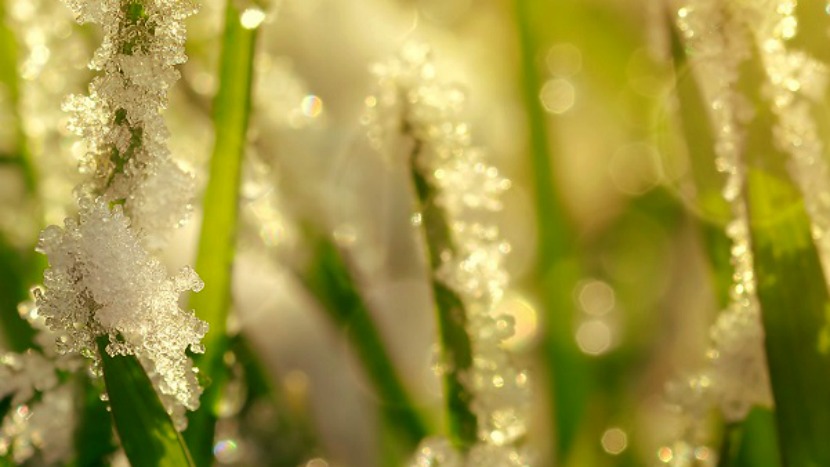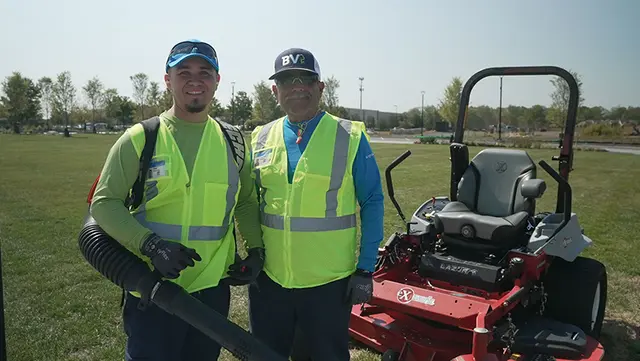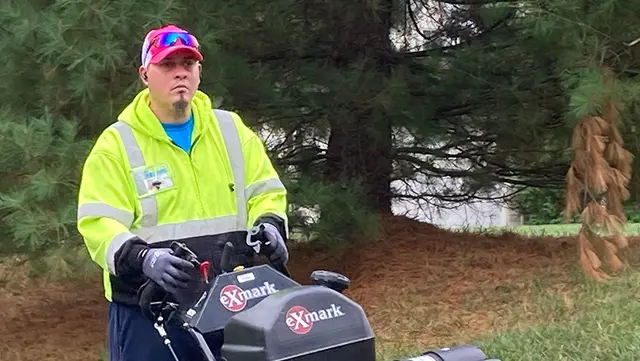
6 Do's and Don’ts for Winter Landscape Care
Keep your landscape thriving despite freezing temps

Winter can be a challenging time for your landscape, but with a little help from you it can win the battle against Jack Frost. This season, pledge to do right by your landscape with these six tips:
The Do's
Keep an Eye on Recently Installed Plants
Any new plants installed in the fall may need a little extra TLC to make it through the first winter. Sometimes, the transition to cold temperatures can cause new additions to heave out of the soil. If this happens, push the plants back into the soil on a warm winter day and cover the area with a 1-inch layer of mulch or compost to help insulate.
Water Regularly
Plants need water every day of the year. While you may not need to water as regularly during the winter thanks to lower photosynthetic rates and increased precipitation, it’s still important to keep an eye on soil moisture levels. If you have plants that tend to get dry more quickly — such as those under overhangs — check regularly to be sure they stay moist. Even if the plant is dormant, its roots still need moisture. And finally, be sure to use cold water; sudden changes in temperature can stress the roots, damaging the plant.
Protect Tender Plants with the Right Cover-Up
Winter frost and declining soil moisture can take a toll on less hardy plants. Wrapping these plants can help them pull through winter. However, choosing the right material is important. Breathable materials that promote air circulation, such as burlap, are the best choice. Avoid dark colored materials or plastic as these can retain too much moisture and heat.
The Don'ts
Touch a Frozen Plant
It may be tempting to intervene, but you could do more harm than good. A freeze shocks plants, prompting them to move water from their cells to defend against the cold weather. This changes the plant’s tissue, and in effect, leaves the plant freeze-dried. Outer dead tissue may be protecting live tissue underneath. Wait until the plant thaws to assess damage. Many hardy perennials are able to withstand cold temperatures and will rebound come spring.
Walk on a Frozen Lawn
If your lawn is frozen without a snow coating, avoid walking on it. The weight of your feet will damage the grass blades and may leave unsightly, discolored imprints in the lawn. After a freeze, the water molecules within the grass blades expand, impairing their elasticity. When weight is applied to the blade, it breaks instead of bending, causing significant cellular damage. To be safe, stay off the grass until it has had a chance to thaw.
Worry About Curled Leaves on Evergreens
Broadleaved evergreens, such as rhododendron, laurels, and azaleas, will curl their leaves when it gets very cold. This is a defense mechanism to prevent dehydration. Curling reduces the available surface area for moisture loss. As the weather warms, the leaves will unfurl again.



